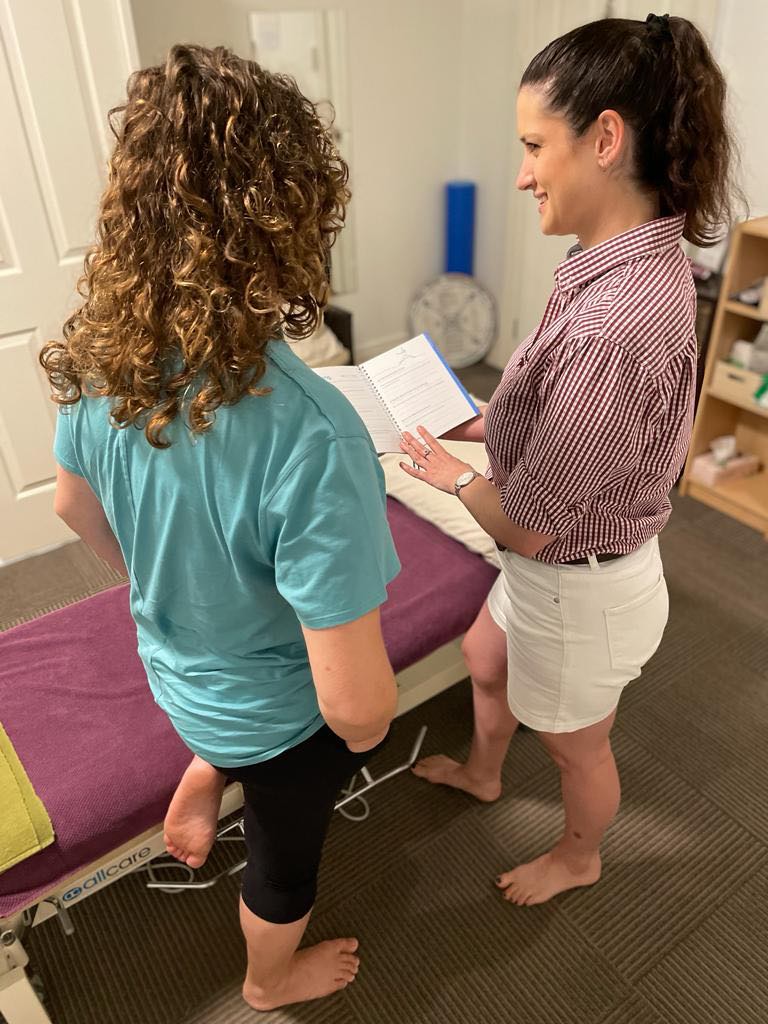Activity Pacing
Activity pacing is a vital component of physiotherapy management for chronic conditions. It is an approach that involves balancing activities throughout the day to prevent overexertion and conserve energy. This technique is particularly useful for individuals who experience chronic pain or fatigue, as it can help manage symptoms and improve overall function. In this blog, we will explore the benefits of activity pacing and how it can be implemented in physiotherapy management.
The Benefits of Activity Pacing
Activity pacing can help individuals with chronic conditions to achieve their goals while also managing symptoms and conserving energy. By breaking down activities into smaller, manageable tasks, individuals can build up their endurance over time and minimise the frequency and/or intensity of flare ups. This can help to prevent setbacks and improve overall function and quality of life.
How to implement pacing in your Physiotherapy Management
Activity pacing can be implemented in physiotherapy management in a variety of ways. An important step in activity pacing is activity monitoring. You may be asked to keep an activity diary of your day and week and rate the intensity of load or strain (not your physical symptoms). For this task it’s important to separate your activity and your symptoms in that exact moment as often there is a delayed response of the body following over exertion. We also want to consider the environmental, cognitive and emotional load.
Your physiotherapist (or other member of your healthcare team) will work with you to determine what activities are restful/restorative, overly draining, neutral, and high value. From there you work together to “soften the load.” For example, a high load activity may be dinner with friends, but this is a high value activity for you. Instead of just not going to dinner and resting, we can start to implement strategies that can support you. For example, making sure you allocate time to rest pre/post dinner, and choose a location with lower sensory input (eg comfortable chairs, not bright lights, not too much noise).
Another approach is to break down activities into smaller tasks and plan rest breaks in between. For example, if an individual wants to clean their house, they could break the task down into smaller components and plan rest breaks in between, or complete over several days.
It is also important to listen to your body when implementing activity pacing. Individuals should pay attention to their symptoms and adjust their activity level accordingly. This may involve taking additional rest breaks, reducing the intensity of an activity, or adding extra support.

Talk to your Barefoot Physio Today
Activity pacing is a valuable technique for individuals with chronic conditions. It can help to manage symptoms, improve overall function, conserve energy, and increase participation. Over time the goal is to increase your capacity for higher load activities (eg completing a full work day, or a 5km walk) and encourage autonomy in managing your condition.
By implementing activity pacing in physiotherapy management, individuals can achieve their goals while also managing their condition. If you are experiencing chronic pain or fatigue, speak to your physiotherapist about how activity pacing can help you. Reach out at 1300 842 850 or book online.








Leave a Reply
Want to join the discussion?Feel free to contribute!